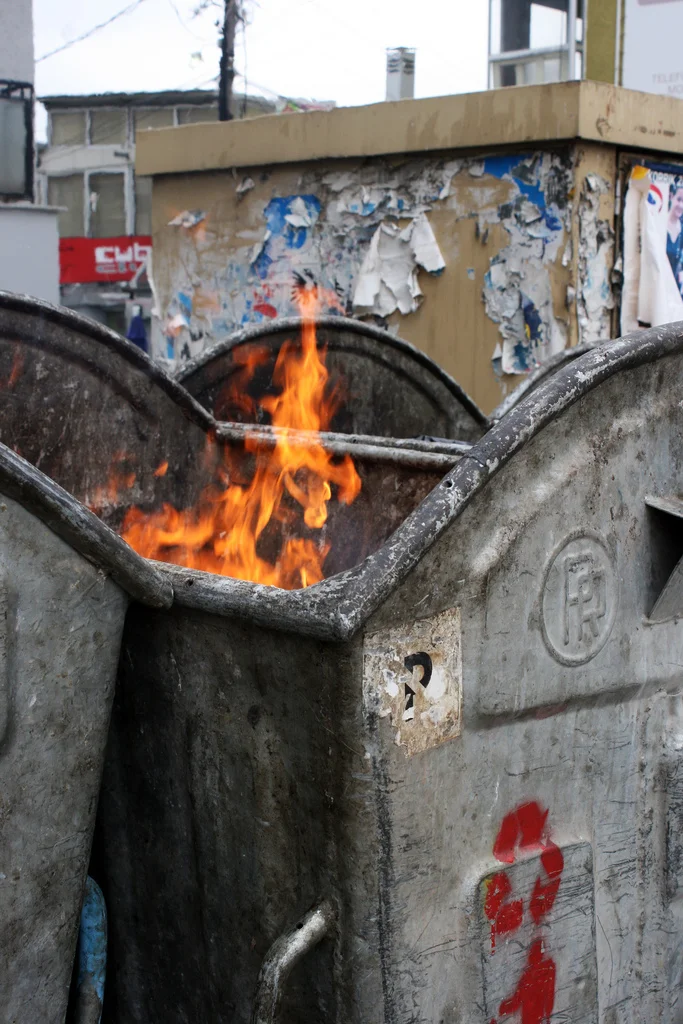by Jen Stevenson
The IPCC recently released an alarming report about climate change. In speaking to a friend about it, I realized that we need to do a better job of explaining this climate stuff. I wanted to take a minute to break it down for you.
There is carbon in the air. There is carbon in a lot of other things, too. As with anything, there is such thing as too little or too much carbon in the air. Everything in moderation! The amount of carbon dioxide (CO2) in the air is measured in parts per million (ppm). In 2007, NASA released research stating that, “If humanity wishes to preserve a planet similar to that on which civilization developed and to which life on Earth is adapted, paleoclimate evidence and ongoing climate change suggest that CO2 will need to be reduced from its current 385 ppm to at most 350 ppm, but likely less than that.” The current level is 405.5 ppm CO2 in the atmosphere, well above NASA’s 350 ppm target.
The other way scientists discuss carbon in the atmosphere is in terms of degrees of global warming. There is a correlation between the CO2 ppm and the increase in global average temperature. This brings us back to the IPCC report that came out on Oct. 8th. The United Nations' Intergovernmental Panel on Climate Change (IPCC) report is more of a review. A very thorough review of over 6,000 scientific reports on the subject of climate change. In the past, scientific literature basically said that we humans need to keep this temperature increase to somewhere in the 1.5°C to 2.0°C degrees range from pre-industrial temps. The IPCC turned around and said, actually, there is a BIG difference between 1.5° and 2.0°C. The table below is just the tip of the iceberg when it comes to examples of how that half percentage point makes a big difference:
What does this mean for us? We need to really, drastically cut back on our carbon emissions. Carbon emissions come from fossil-fuel related activities. These include coal, oil, diesel or natural gas used in: power plants, vehicles and equipment with combustion engines, heating homes, industrial agriculture, construction, manufacturing and a host of other activities.
Impact of 1.5° C and 2.0° C global warming. "Temperature rise is not uniform across the world. Some regions will experience greater increases in hot days and decreases in cold nights than others." Image: IPCC FAQs
What can supplant these emissions-causing sources of energy? Renewables like solar, wind and geothermal power. More energy efficient homes and buildings. Electric vehicles or bicycles! Smarter farming practices. The list goes on.
My knee-jerk reaction is that, wow, we have a LOT of work to do and we need to do it fast so we stay within that 1.5 degrees of warming. (We hit 1 degree of warming in 2017.) That is kind of the point of the whole report. However, while many might be demoralized by the news, I think it’s important to remember that we can do our part. We can make changes in our habits, and we can VOTE to elect officials who support the dramatic policies we need to meet these targets.
If you'd like to hear more about the IPCC report, please let us know! We are here to listen and address questions you have about these climate science topics.
Also, we invite you to join us at our IPCC Recovery Party aka CLIMAPALOOZA on Friday, Oct. 26th to dance the IPCC blues away!




